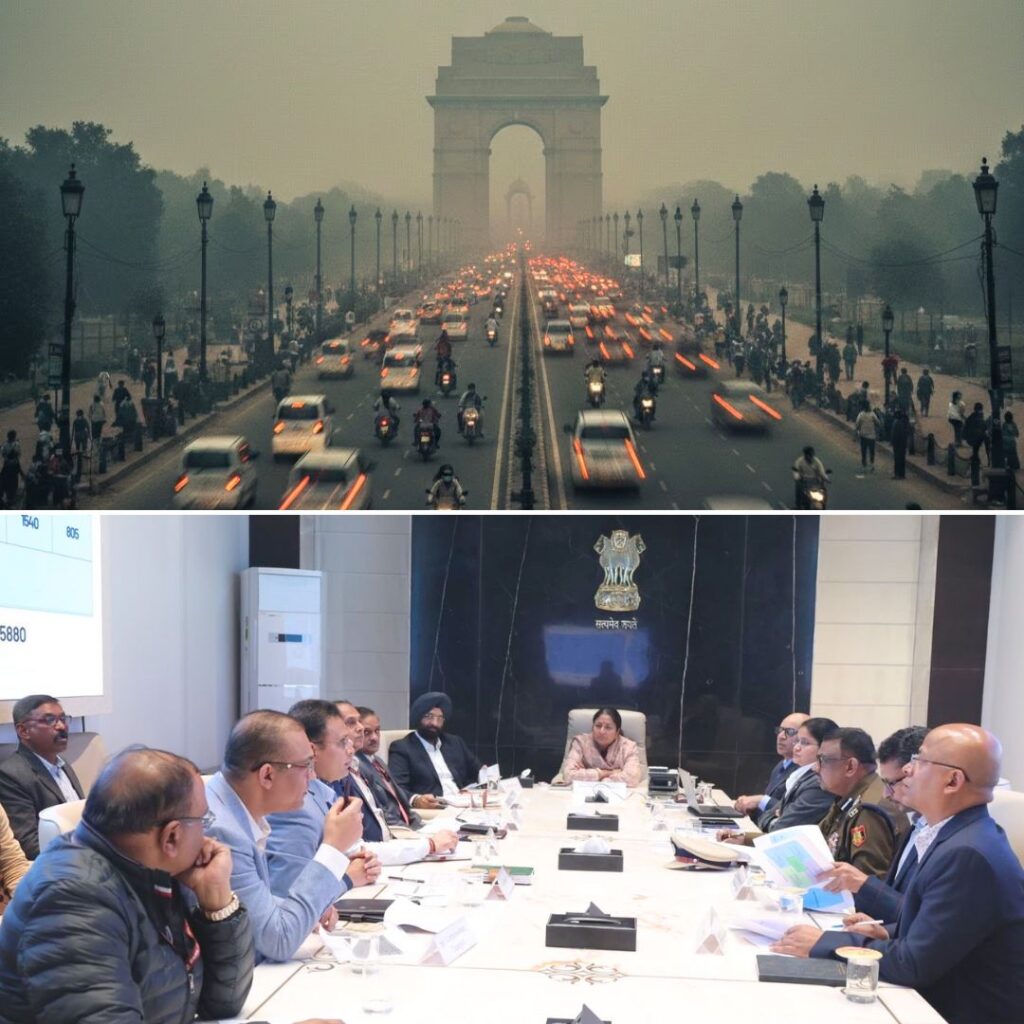The carbon-negative Bhutan’s capital Thimphu has been suffering from a water crisis for more than a decade now. According to the National Environment Commission’s 2018 Water Security Index, more than 77.5% of households in the urban areas of Thimphu have a potable water supply as the taps are running dry.
Roughly 40% of the sewage is not connected to the water system of households in Thimphu. They face problems in fixing it due to over flooding during monsoons despite the region being on hill slopes.
Even though Bhutan is abundant with rivers, the water is unclean and is not fit to use. They lack proper water treatment facilities and most of the households have rooftop tanks to store the water when supplied by the Municipality.
The water crisis is getting worse due to rapid economic growth. To fix the problem of sewage, the budget allotted by the country is not being enough. To add more trouble Bhutan is experiencing less snowfall with glaciers receding in Himalayan regions due to climate change.
Thimphu Municipality provides water to the households for two to three hours in the morning, one to two hours in the afternoon and then again in the evening. But if the households do not have tanks to store water, they will have to face severe thirst. The government, however, is aiming to get tap water supply and end this crisis. Bhutan’s 12th five-year plan aims at having a 24/7 water supply by 2023.
The government is working towards addressing the crisis with their future projects which include the direct supply of highly treated water from water treatment plants and water lines to the residents. The Wang Chhu Water Security Index was launched in 2016 to provide an online database that monitors water security in rural, urban, economic, environmental and disaster/climate change dimensions.
Kinlay Dorjee, Mayor of Thimphu spoke to the Scroll and said, “I became mayor in 2011 and water used to be a serious problem. It used to be (supplied) once a day for two to three hours for a whole building. People used to hire their own tankers to collect water. We have started looking at bigger projects to harness the water supply from the main river.”
Kinlay also said that Thimphu has enough water for now but the dry seasons starting from January to March will be critical. While the urban areas are having a short term solution like water tanks in practice, the suburbs are facing the sharpest crisis due to lack of water treatment. “There is a quality issue. There were waterborne diseases. In one area, 20-30 people got sick, which should not happen,” Kinlay added.
To address the crisis with a long-term perspective, the Bhutan government created the Bhutan National Integrated Water Resources Management Plan with the help of the Asian Development Bank. The plan looks at managing water on the whole from drinking to irrigation to preservation.












